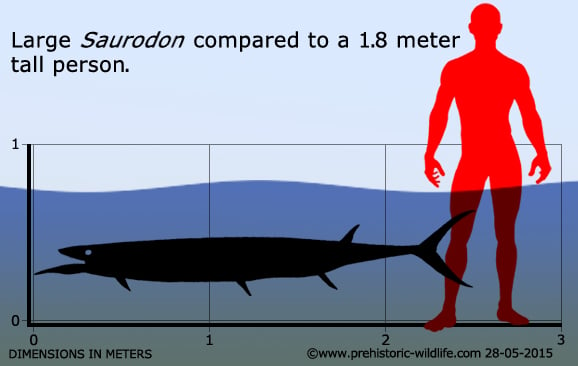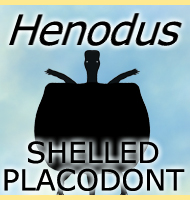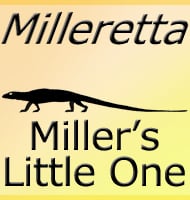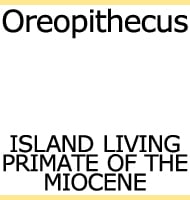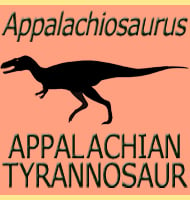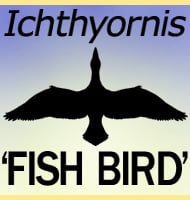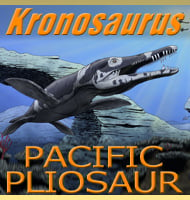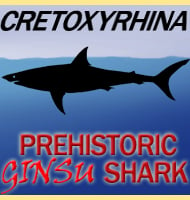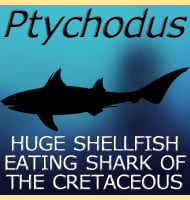In Depth
Saurodon is a genus of Carnivorous fish that swam in the world’s oceans during the Late Cretaceous. Saurodon had a long and slender body similar to the modern day barracuda. Also like a barracuda, the lower jaw of Saurodon projected in front of the upper, though in Saurodon this projection was far more extreme, and in some specimens this lower jaw is just beyond double the length of the upper jaw. This likely signifies a feeding specialisation that helped Saurodon to effectively hunt other fish, perhaps striking them from below and trying to swallow as much as they could to prevent their prey from escaping.
Further Reading
- Les poissons Cretaces de Nardo. 9. Note complementaire sur le Saurodontinae (Teleostei, Ichthyodectiformes): Saurodon elongatus, sp. nov. - Studi e Ricerche sui Giacimenti Terziari di Bolca 8:105-116. - L. Taverne and P. Bronzi - 1999.
